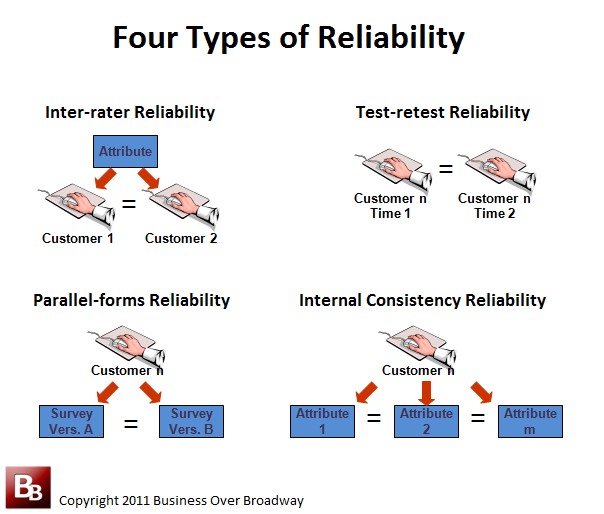
- #DIFFERENT STATISTICAL TOOLS FOR DATA ANALYSIS HOW TO#
- #DIFFERENT STATISTICAL TOOLS FOR DATA ANALYSIS SOFTWARE#
Cons: Memory intensive-doesn’t execute as fast as some other languages.Ī programming language with a wide range of uses, Python is a must-have for any data analyst.

Pros: Easy to learn, highly versatile, widely-used.Used for: Everything from data scraping to analysis and reporting.Availability: Open-source, with thousands of free libraries.Get started with these ten Excel formulas that all data analysts should know. Nevertheless, it’s an important and powerful tool, and with many plug-ins available, you can easily bypass Excel’s shortcomings. For instance, it runs very slowly with big datasets and tends to approximate large numbers, leading to inaccuracies. SUMIF lets you create value totals based on variable criteria, and Excel’s search function makes it easy to isolate specific data. For instance, the CONCATENATE function allows you to combine text, numbers, and dates into a single cell. It also has a variety of other functions that streamline data manipulation. Its invaluable built-in features include pivot tables (for sorting or totaling data) and form creation tools.

#DIFFERENT STATISTICAL TOOLS FOR DATA ANALYSIS SOFTWARE#
Whatever your specialism, and no matter what other software you might need, Excel is a staple in the field. What’s more, it features calculations and graphing functions that are ideal for data analysis.

#DIFFERENT STATISTICAL TOOLS FOR DATA ANALYSIS HOW TO#
Whether you’re preparing for an interview, or are deciding which tool to learn next, by the end of this post you’ll have an idea how to progress. Then we’ll move onto some of the more popular tools and platforms used by organizations large and small. We’ll start our list with the must-haves-the tools you can’t do without.


 0 kommentar(er)
0 kommentar(er)
